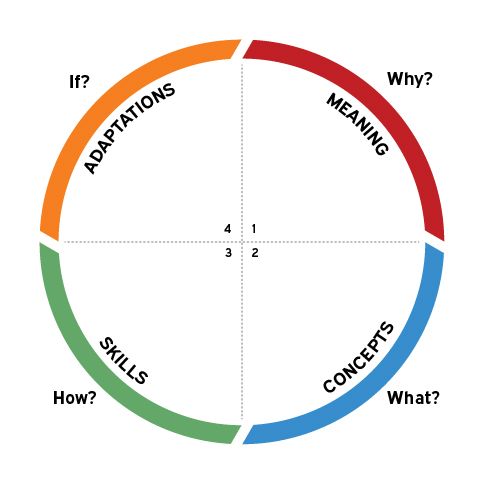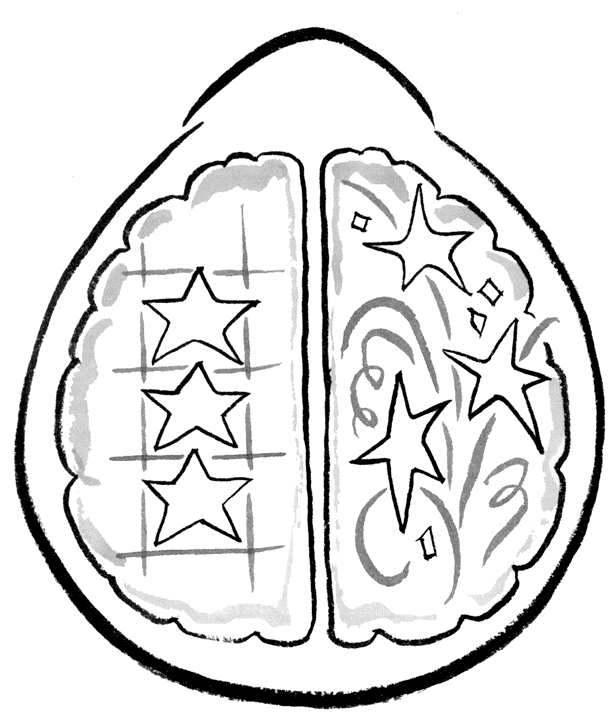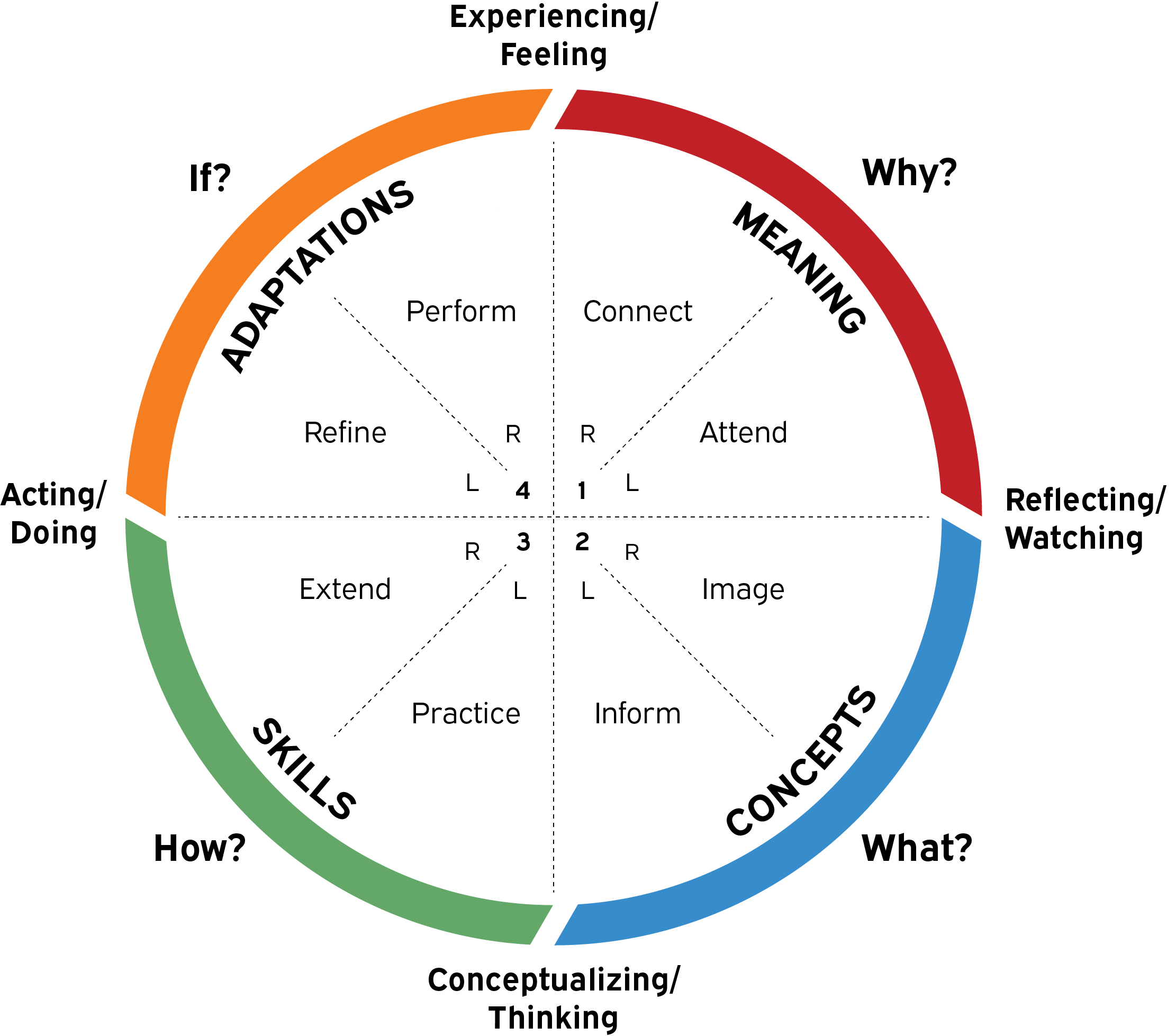How Does the Natural Learning Cycle Help with Learning?
4MAT is a model for creating more dynamic and engaging learning by helping teachers address the full range of learning needs in any subject, level, and environment. 4MAT offers specific guidance for any teacher to teach anything in a way that will appeal to all four styles of learners.
How is the whole brain engaged in the learning?





